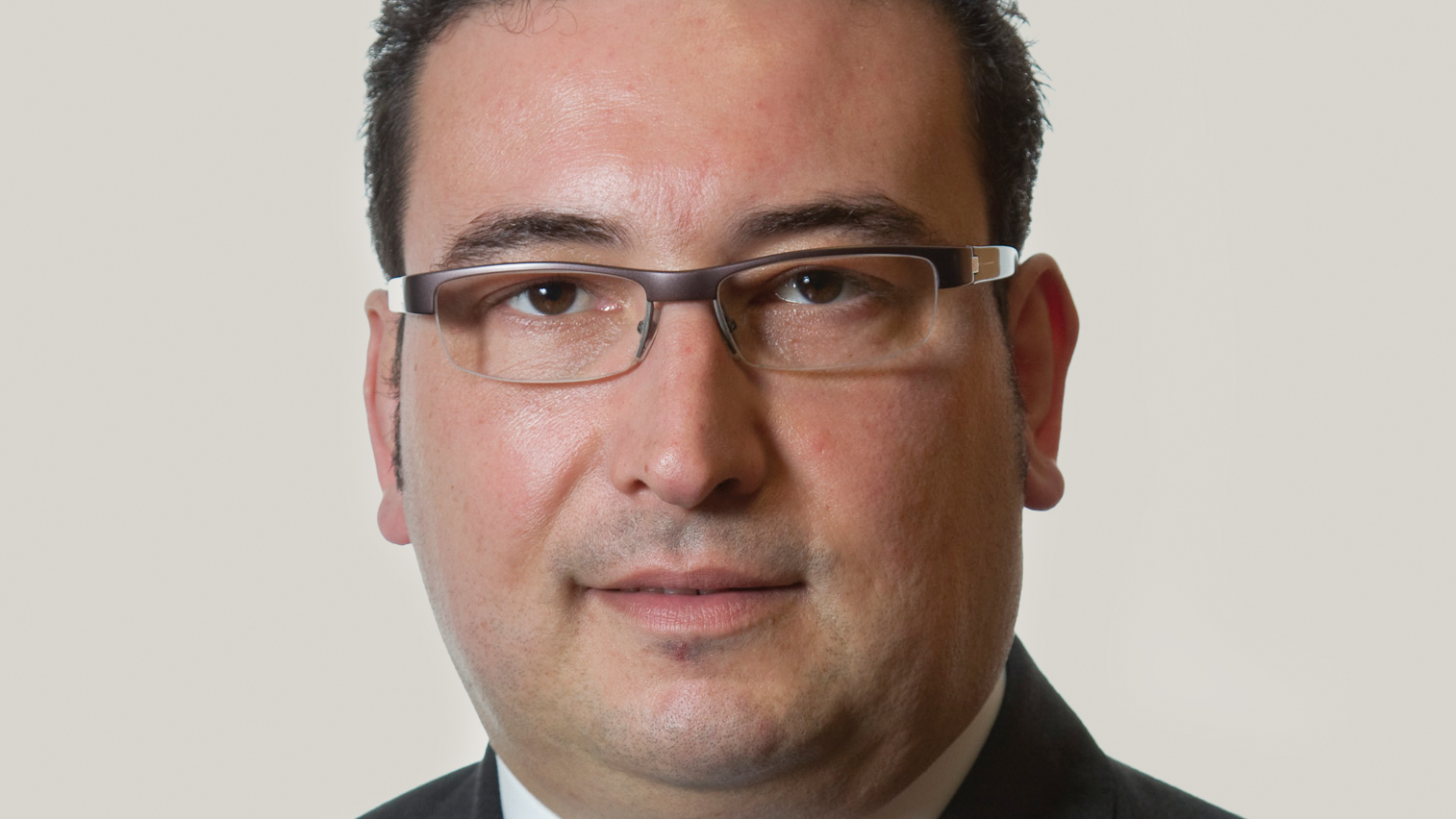CaixaBank takes aim at Millennial digital natives through imaginBank

Benjami Puigdevall, managing director at CaixaBank Digital Business, talks to Joy Macknight about creating a truly digital banking experience through its imaginBank service aimed at tech-savvy millennials.
When Spain's CaixaBank decided to launch a mobile-only bank specifically for young people, or ‘millennials’, its aim was to create a digital service as if a pure online player such as Google or Apple had developed it.
According to Benjami Puigdevall, the managing director at CaixaBank Digital Business, the group’s division responsible for managing all digital channels, three main characteristics are central to a truly digital service. First, it must be very simple, with everything actionable in one click; second, it must use cutting-edge technology; and third, it has to be intuitive, “without a user manual”.
He says: “We kept these concepts in mind when launching imaginBank, which is designed to exceed the expectations of millennials.” The new bank launched in the Spanish market on January 14 and its services are accessed solely through mobile applications and social networks.
Customer engagement
When designing the new bank, CaixaBank conducted detailed research among more than 200 millennials. “It was important to understand perfectly what they need and to include them in the development process, from the original concept to the final services,” says Mr Puigdevall.
The bank eschewed the traditional process of developing new products and services behind closed doors. Instead, everything was tested with millennials, which meant that imaginBank took almost a year to launch.
While developing services for digital natives, Mr Puigdevall recognised the role social networks played in this age group and embedded them in the new bank design. For example, imaginBank customers can use Facebook to sign in to their account. “The idea is for customers to interact with imaginBank using the Facebook network and, in doing so, the platform becomes much more than just a fan page,” he says.
The bank began by providing client balances, statements and recent payments in Facebook and now plans to launch an app that lets an imaginBank client design a personalised debit card with a picture of their Facebook friend wall.
However, social networks’ popularity is subject to change quickly, which presents specific challenges. While Facebook may be popular among what Mr Puigdevall terms “affluent millennials”, or those aged between 25 and 35, “neo-millennials” (18 to 25 years old) are more likely to prefer Instagram and Periscope, for example, or something completely new. “The world of social networks is changing daily. Therefore we focus on the main trends, ensuring that we continue to adapt and launch new services,” he says.
Funky new tech
The imaginBank mobile app, freely downloadable from Google Play for Android users or from the App Store for iOS users, supports fingerprint identification for devices that have fingerprint sensors and is currently exploring a voice recognition system.
The bank’s payments wallet, called imaginPay, contains external payment solutions that it will continue to add to, but imaginBank retains control of messaging and user experience, something that Mr Puigdevall believes is a competitive differentiator in the digital marketplace. For example, it will roll out Samsung Pay as imaginPay by Samsung.
It is also looking to form alliances with other digital players to offer its clients additional packages and develop ways to monetise client traffic. One of the biggest challenges in the digital age, argues Mr Puigdevall, is the concept that banking services, among others, should be free. But this does not make long-term business sense.
“ImaginBank – and CaixaBank as well – are exploring how to monetise traffic and financial activity without charging for financial products because the digital society doesn’t want to pay for services, whether that is search engines or newspapers,” he says. “ImaginBank is an extremely interesting opportunity to explore how best to monetise traffic, not by charging for bank accounts or money transfers but from an analysis of client behaviours as well as traffic. In time this may involve launching offerings related to third-party services that may not be directly linked to financial services.”
Digital continuity
ImaginBank fits well within CaixaBank’s ethos. Its strategy is to use technology to lead innovation and digital engagement – in effect to digitise key parts of the relationship between staff and clients.
“We don’t want to leave our clients culturally alone in front of a machine,” says Mr Puigdevall. “Our future is in augmenting the physical relationship with our clients with a digital relationship. Proximity isn’t just physical – it could be digital as well.”
CaixaBank plans to continue developing 'pure' digital services – i.e. services that do not make sense to offer in a branch network – throughout 2016. For example, the bank’s digital service, My Finances, is a smart personal finance management service only available online. The service also offers a wide range of push alerts, meaning users can get notifications for card purchases, account movements, bill payments, etc.
“The concept behind My Finances is not just a matter of providing data but also the capability to process the information and monitor what is happening in a client’s finances. It sends alerts only when something is flagged as out of the ordinary, such as an unusually high telecom bill,” says Mr Puigdevall. “We are offering clients the benefit of mixing big data, real-time information and digital services.”


